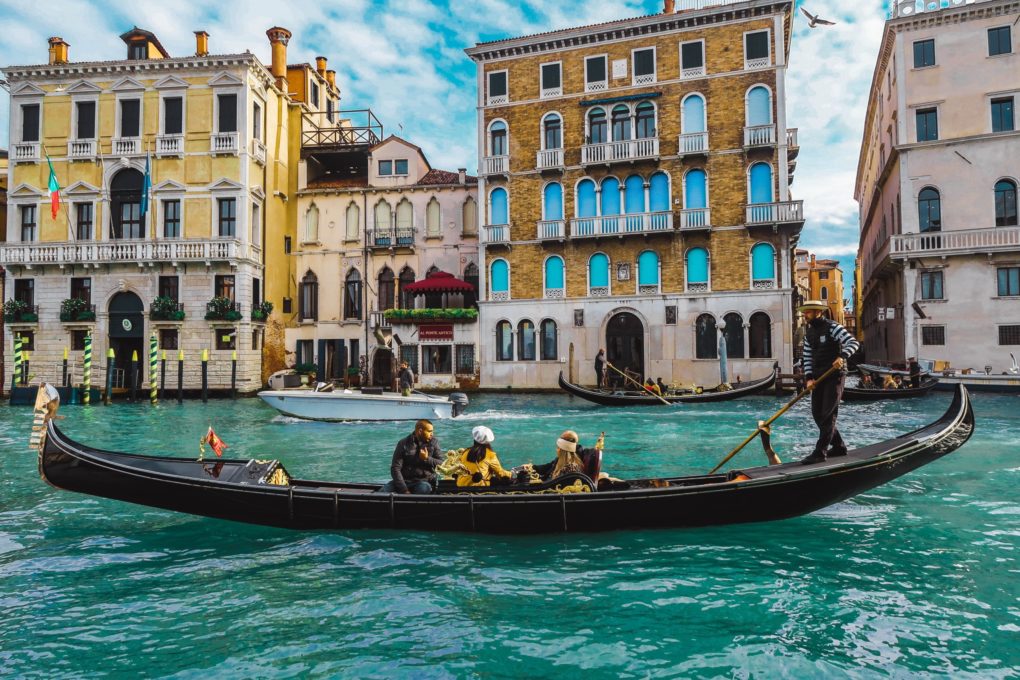Earning a place on UNESCO World Heritage list is something that countries are keen to achieve. However, some sites can also be delisted by the agency. Issues such as war, rebuilding, over tourism, or natural disasters that have changed the main characteristics of the site— contribute to being considered for the removal list.
UNESCO recently announced its special committee will do a major revamp of the heritage list. The committee is set to meet this month to discuss this issue. For many countries, being removed can make sites lose their tourist appeal, a real problem for those who depend on tourism for their economies.
These are some of the sites that risk being removed from the UNESCO World Heritage list.
1. Great Barrier Reef, Australia
https://www.instagram.com/p/CRsc4F2AUBu/?utm_source=ig_web_copy_link
Stretching 2,300 kilometers along Australia’s northeast coast, the world’s largest coral reef system— a huge draw for tourists— has been battered by global warming.
In the past five years, rising ocean temperatures have caused three episodes of mass coral bleaching when the invertebrates expel the algae living in their tissues that supply a crucial source of nutrients.
The site, which has also been lashed by cyclones and attacked by crown-of-thorns starfish, has lost half its corals since 1995.
2. Venice, Italy
https://www.instagram.com/p/CFbkjhqqH82/?utm_source=ig_web_copy_link
Known as the city of love, Venice offers an incredible experience that could be seen through its world-famous canals.
It was inscribed on the Heritage list in 1987 as “an extraordinary architectural masterpiece in which even the smallest building contains works by some of the world’s greatest artists.”
However, UNESCO has been reporting some concerns about the damage caused by over tourism, which is causing an exodus from the city.
Although tourism decreased during the COVID-19 pandemic, UNESCO said the health crisis “also highlighted the need for more sustainable tourism management and the development of a more diverse resilient economical basis.”
Venice recently banned giant cruise ships from docking inside the city center at UNESCO’s request.
However, according to the institution, “it has no practical effect, as no alternative exists for the mooring of these large ships.” It proposes therefore to also add Venice to its endangered heritage list.
3. Budapest, Hungary
https://www.instagram.com/p/CRMokranpPc/?utm_source=ig_web_copy_link
Budapest attracts visitors from all over the world due to its outstanding example of urban development. In 1987, the city was listed as one of UNESCO’s World Heritage.
But the central European city now might be delisted over a major renovation of the Buda Castle quarter, aimed at restoring it to its pre-World War II era.
UNESCO argues that the reconstruction flouts international conservation norms and called for the work to be halted.
Despite the call, Hungary’s government continued the renovation process and, according to UNESCO, it went beyond the minimal intervention recommended for historical monuments. Thus, UNESCO has called for Budapest to be placed on the endangered heritage list.
4. Liverpool, England
https://www.instagram.com/p/CLonYJ7Ms4E/?utm_source=ig_web_copy_link
Liverpool is a historical port city that offers many sights and museums that make it special for visitors. As a direct result of the Industrial Revolution in the latter half of the 18th century, Liverpool played a very important role back then.
It entered UNESCO’s World Heritage list in 2004.
Now, UNESCO has included the city on the endangered heritage list. The reason is that the city’s plan for a spate of new buildings, including a $685 Million stadium for Everton FC on the waterfront. This, according to the UNESCO, resulted in a “serious deterioration” of the area.
5. Selous Game Reserve, Tanzania
https://www.instagram.com/p/BJmloWOAJzX/?utm_source=ig_web_copy_link
Receiving UNESCO’S World Heritage status in 1982, Selous Game Reserve is one of the biggest remaining wilderness areas in Africa, with wildlife including elephants, lions and black rhinos.
Decreasing of the elephant population by illegal poachers, sale of logging rights inside the reserve, as well as more recent plans for the construction of a dam on the Rufiji River— Tanzania’s largest— made UNESCO consider removing Selous Game Reserve from the agency’s list.
